Is there anything more iconic in wargaming than a line of British infantry, weapons at the ready, awaiting your dice rolls in their smart red coats? “Absolutely not” says this author – and I mostly play Germans! There’s something about the sight of a ‘thin red line’ on the tabletop that harks back to a long-forgotten era of wargames, when everything was 54mm tall and painted in shiny enamels! You really can’t go wrong with a force of redcoats – the only question is what kind of redcoats to collect!
The red coat has been the iconic symbol of British soldiery for centuries, and even to this day remains an enduring part of the ceremonial dress of many British Army units – and one of the most recognisable international symbols of ‘Britishness’ – but where did it come from?
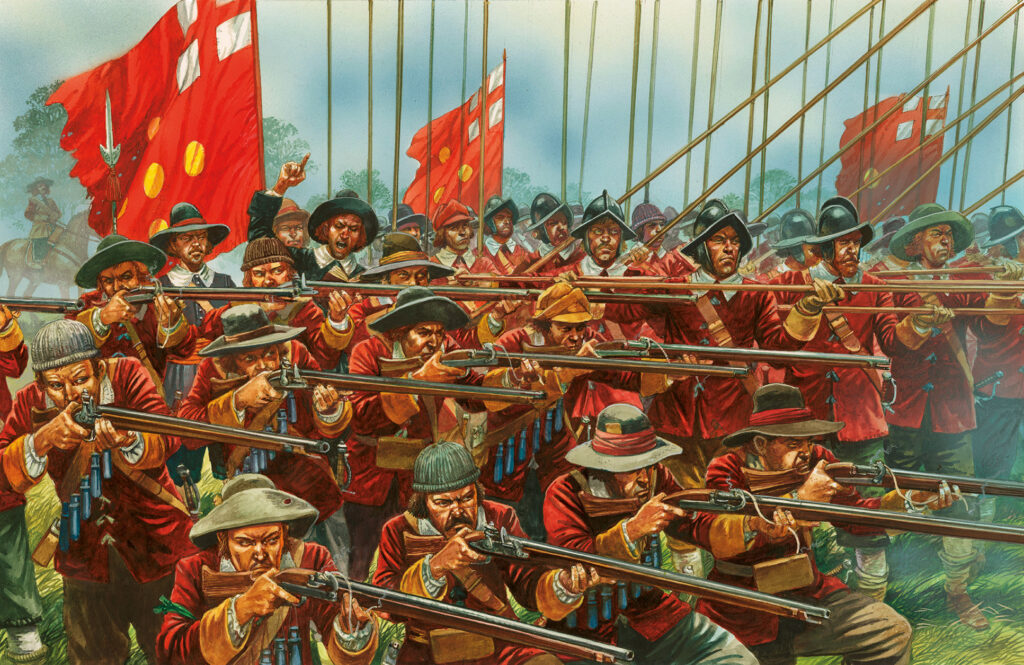
It appears to have originated in the late 1500s, where English soldiers serving in Ireland were reported to have been wearing red coats or cloaks. This, however, was still a largely pre-uniform period of warfare, and it certainly does not appear to have been any kind of national ‘standard’. In this era, and for many decades thereafter, units of soldiers would commonly be outfitted at the expense of their commanders, which meant very little standardisation whatsoever at an army-wide level. Red would continue to be a popular colour for English soldiers throughout the 16th and 17th centuries, until becoming the colour most commonly associated with Cromwell’s New Model Army in 1645 (although this was still not truly universal), before becoming formalised in 1707.
From 1707 to 1914, the red coat would be (with a few exceptions) the standard dress of the British infantryman, first on the battlefield, and then towards the end of the nineteenth century (with the introduction of khaki service dress) for home service and ‘walking-out’. From America to India, across Europe, Africa, and beyond, a red coat meant that the British Empire had arrived. This means that if you’re wargaming in the age of horse and musket (and even beyond!), you can expect to see a thin red line or two on the tabletop, and naturally we’ve got you covered for options!
We’ll start, as is only sensible, at the beginning, with the New Model Army for Pike & Shotte – these smartly-dressed Roundheads are a great way to get a Pike & Shotte force on the tabletop quickly, as they can be batch-painted in huge numbers (a crucial advantage of all redcoats!), and in Epic Battles scale can be represented using the standard infantry sprues. In 28mm, they’ve got their own snazzy metal boxed set, including fantastic exclusive command figures – naturally including a Puritan preacher!
Next up we’ll move to the Seven Years’ War, and the first ‘proper’ British use of red coats. These awesome plastic Marlburian troops are the first proper musket line of redcoats that you can field in Black Powder with The Last Argument of Kings providing rules and scenarios for Marlborough’s campaigns, and feature some very fancy tricorn hats indeed!
Moving across the Atlantic, we first come to the French-Indian War, beloved of Last of the Mohicans fans, where we see the iconic redcoat beginning to come into his own. With regulars, Light Infantry, kilted Highlanders, and of course the famed British Grenadiers all wearing the red coat in North America. A Dark and Bloody Ground covers this period in fantastic detail, and is a great place to look if you’ve got a hankering for smaller-scale games of Black Powder! There are even some non-red-coated infantry present in the form of the Hessians, but… we won’t talk about them here!
Staying in America, we come to the American War of Independence. If you want to re-fight Lexington or Concorde, or avenge all that poor, defenceless tea in Boston Harbour, you’ll need redcoats to fight for King and Country. Handily for you, there’s a great plastic infantry range for the period, meaning you can fight through all the scenarios covered in Rebellion! and (hopefully) keep the colonies in their place!
Back in Europe, there’s a little-known conflict, something about a bloke named ‘Napoleon’ – who’s that, then? In all seriousness, so much has been written on the Napoleonic Wars (which really are the iconic redcoat’s conflicts) that they really require their own series of articles to do any justice to. Suffice it to say that you can’t hope to stop the Corsican Ogre’s march across the continent without a lot of redcoats, and fortunately we’ve got you covered, with comprehensive ranges for both the Peninsular campaign and the Hundred Days!
Moving to chillier climes, we come to arguably the last hurrah of the ranked-up redcoat, and the historical birthplace of the ‘thin red line’ – Crimea! Amidst awful conditions and tactical blundering, British infantrymen served bravely, and a Crimean War battlefield is one of my personal favourite Black Powder settings – so of course we’ve got the figures you’ll need to hold the line at Balaclava!
Finally, we head to southern Africa, and the blood-soaked battlefields of the Zulu Wars. Surprised and humbled by a foe he had badly underestimated, the British redcoat would have to fight with all his strength to bring the proud Zulu nation to heel. The action at Rorke’s Drift remains one of the most legendary in British history, and has been wargamed over and over (for good reason!) – naturally, we had to make sure that, in addition to the redcoats who fought there, we had a fantastic (and huge!) battleset – Men of Harlech, quit your dreaming!
Grab your pike, musket, or rifle, and don your reddest coat – it’s time to march, for King (or Queen, or Parliament) and Country!
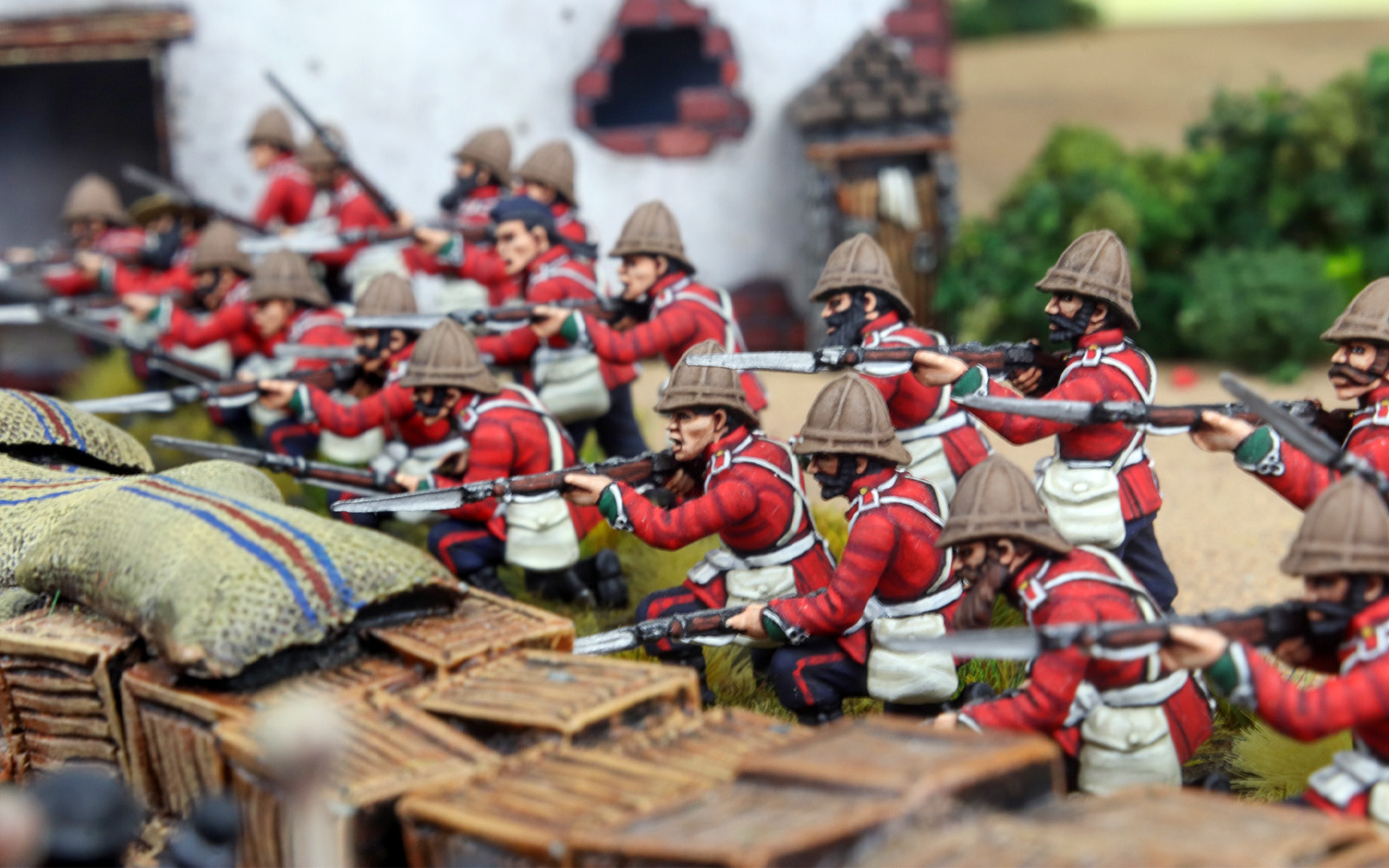
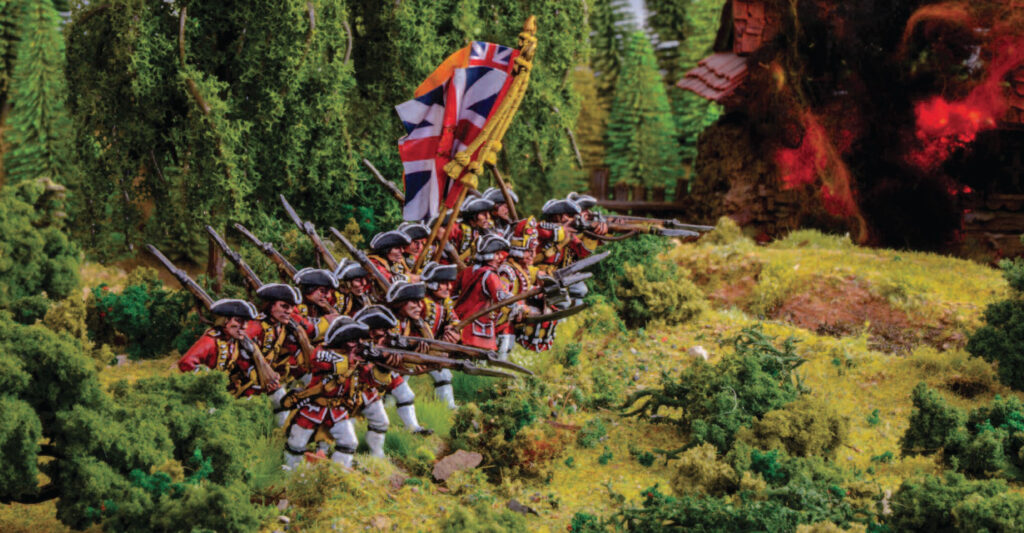
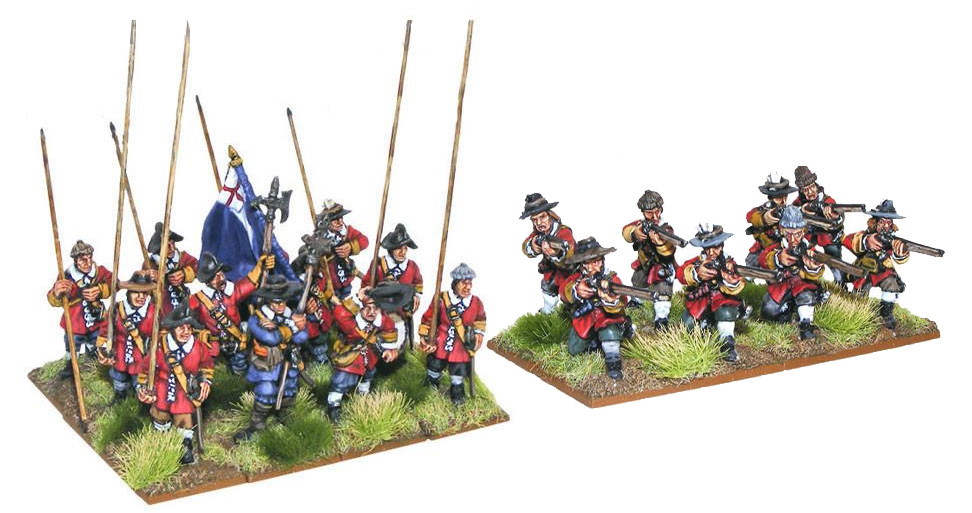
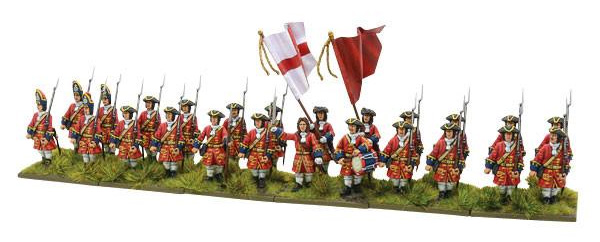
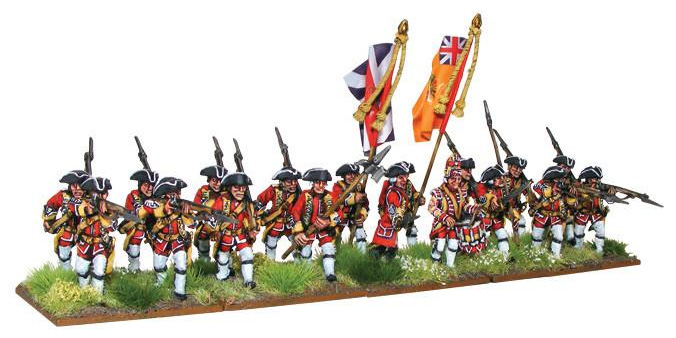
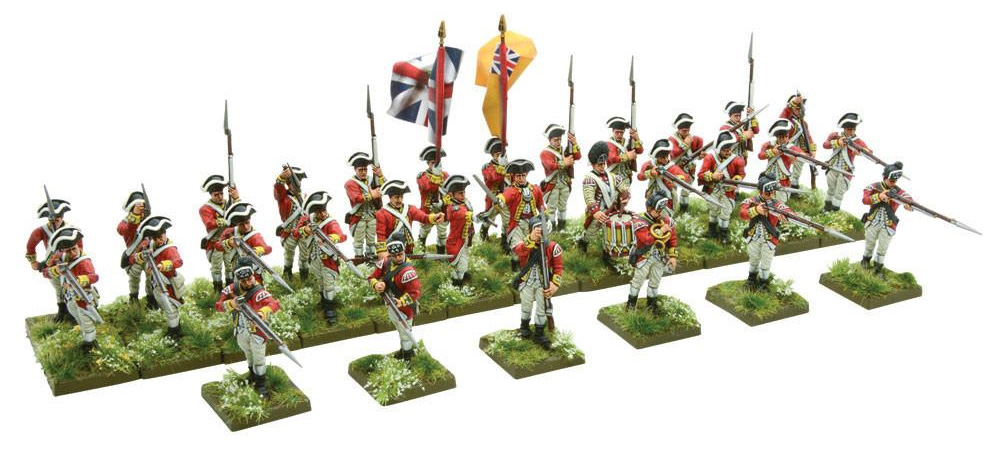
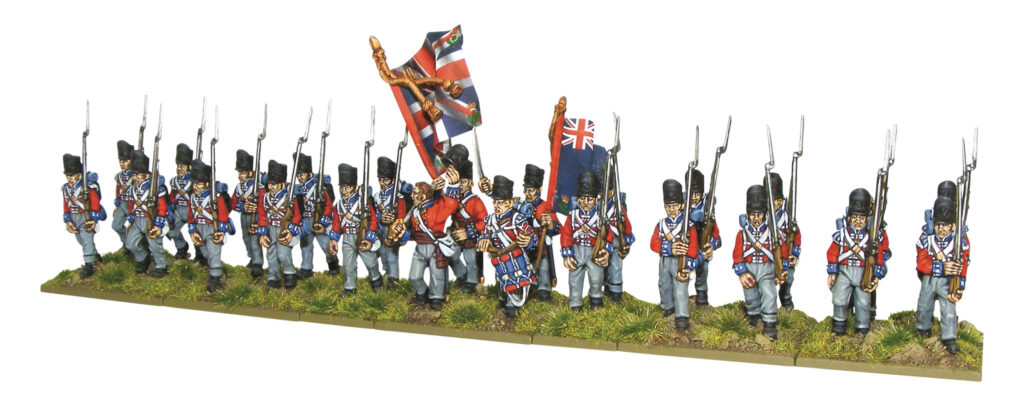
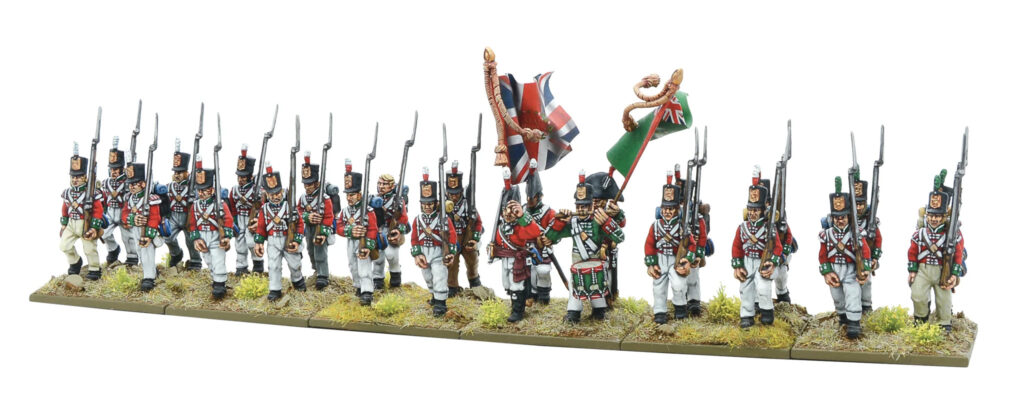


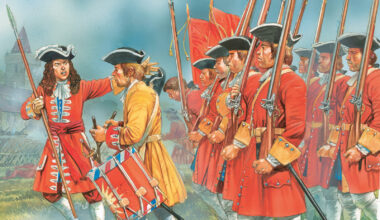
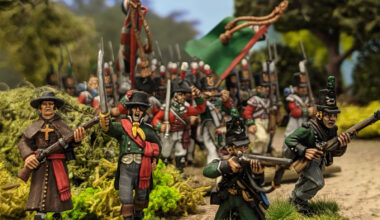
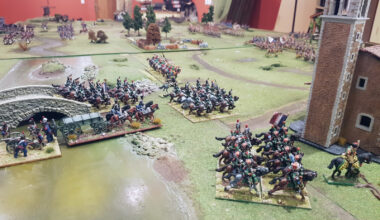
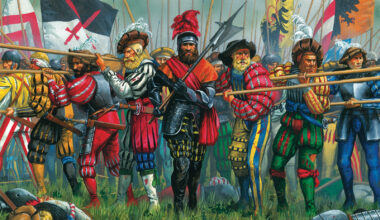
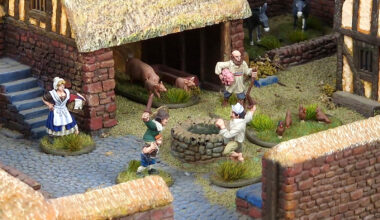
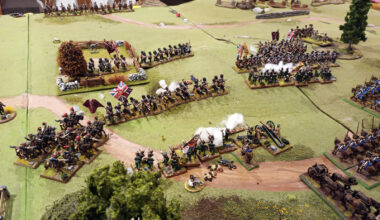
1 comment
I want to start this hobby soon. This article is beyond helpful. Thank you for including the links to each time period set.
You should do this style of article for different armies/countries.
Comments are closed.